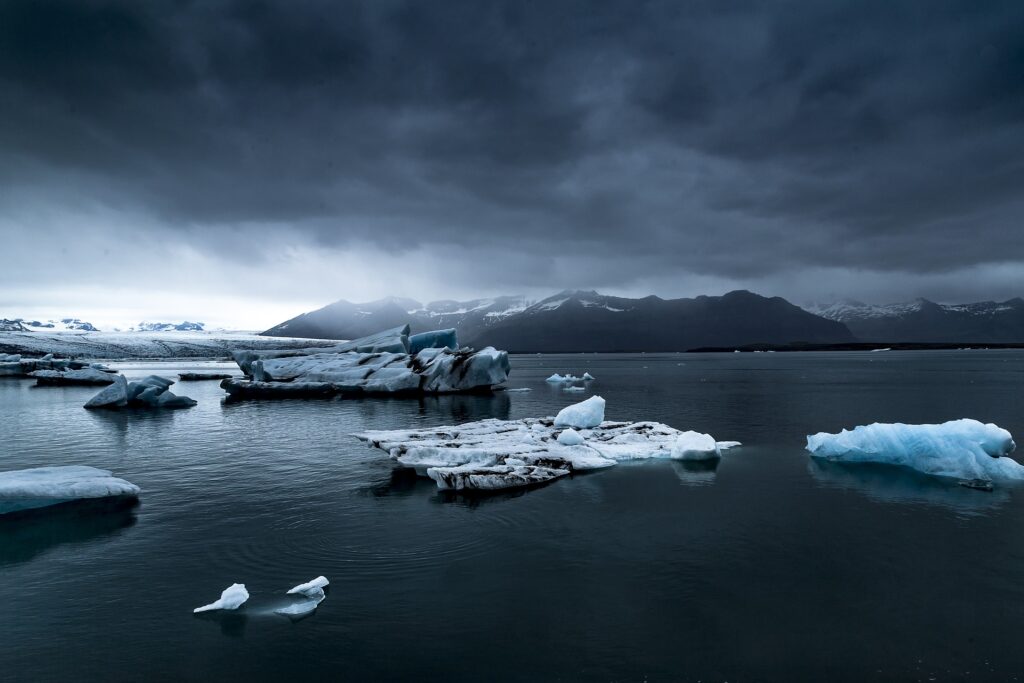New research at the Monash University reports that historic ice loss in Antarctica has persisted for several centuries after it first started.

Such findings underscore the inertia of processes affecting ice sheets and suggest that today’s polar ice will continue to shrink for quite a long time even if climate change is avoided.
Long-term melt
“Our study implies that ice loss unfolding in Antarctica today is likely to continue unabated for a long time—even if climate change is brought under control,” said lead study authors Dr. Richard Jones and Dr. Ross Whitmore, from the Monash University School of Earth, Atmosphere and Environment.
The study charts the extent of ice in the Mawson Glacier, which is adjacent to a region of the Ross Sea that saw a rapid retreat of sea ice after the Last Glacial Maximum.
According to the team, this area experienced at least 220 meters of abrupt ice thinning between 7,500 and 4,500 years ago, and more gradual thinning up until a thousand years ago. The same abrupt ice loss has occurred (at similar rates) in other glaciers formed on various bed topographies across multiple regions during the mid-Holocene, they explain. The Holocene is the current geological epoch.
Sea-level and ocean temperature data suggest that warmer oceans were the key drivers of this ice loss. Warmer waters most likely hastened glacier retreat (through ground-line melting, which makes glaciers slip more quickly into the oceans) which led to greater sheet instability and faster melting.
“We show that part of the Antarctic Ice Sheet experienced rapid ice loss in the recent geological past,” said Professor Andrew Mackintosh, head of the Monash School of Earth, Atmosphere, and Environment, and co-author of the paper.
“This ice loss occurred at a rate similar to that being observed in rapidly changing parts of Antarctica today, and it was caused by the same processes that are considered to cause current and probable future Antarctic ice mass loss—ocean warming, amplified by internal feedbacks.”
This retreat continued for several centuries after it first started, the authors note, which gives us cause to believe that the ice loss we’re seeing today will behave similarly. Such findings are particularly troubling in the context of climate change, which is driving glacier ice loss through higher atmospheric and ocean mean temperatures.
The results are supported by previous research which also found that glaciers are beyond the point of no return in regards to ice loss.
The paper “Regional-scale abrupt Mid-Holocene ice sheet thinning in the western Ross Sea, Antarctica” has been published in the journal Geology.


